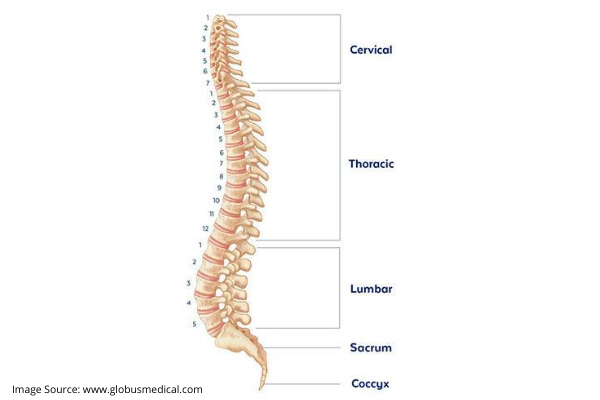

EXERCISES FOR RECOVERY AFTER SPINAL SURGERY

Lower back pain affects about 85% of the population at some point in their lifetime, with 90% of them improving spontaneously within 6 weeks max. For some people however, it becomes chronic back pain that doesn’t respond to conservative treatment and gets referred for surgery. The surgical procedure isn’t where the story ends either as you will still need to go undergo a professionally-assisted rehabilitation program as the success of a spinal surgery is dependent on what happens after the surgery.
A trained physiotherapist is the best person to guide you through your recovery from spinal surgery. He will create an individualized exercise plan of select movements to increase flexibility that would eventually help the patient regain core muscle strength and improve circulation and aid in recovery and healing.
A proper rehabilitation program cannot be initiated while the patient is still in great pain; hence, control of pain is the first step in the recovery process. Pain after surgery is the norm and there are several ways in which it can be controlled, so that the patient can slowly be initiated into a gradually increasing mobility and flexibility exercise program.
The traditional icepack comes in handy here to reduce the swellings after surgery, aside from which certain positions and types of movements are explained to the patient as ways of controlling pain of recovery.
After surgery, patients experience restricted movements in their hips, shoulders or some other areas of the spine. The physiotherapist develops a training program that is specifically tailored to the patients specific surgery, age, body type and tissue conditions. The focus is on retraining muscles to gain strength and provide stability after the back surgery. Such muscles include those that were injured during incision, those that were weakened before the surgery and certain other smaller muscles around the vertebra that are involved in stabilizing and protecting the spine.
Patients learn these exercises and then practice them at home. Ultimately, exercises help in recovery from the spinal surgery as well as prevent or minimize future episodes of back pain. Without these exercises, the spinal muscles become de-conditioned and unfit to support the spine; this can lead to further back injury and strain and more pain. Keeping active also keeps the circulation moving and providing nutrients and fluids to the discs and regaining the spine’s health.
Depending on the patient, some of these exercises could include one or any of the following:
- Stretching exercises that reduce the tightness in hip and lower back muscles after surgery.
- Hamstring stretch loosens the large muscles at the back of the thighs which attach onto the pelvis. Stretches can relieve the pressure and help in maintaining good posture.
- Abdominal draw-in exercises become relevant after muscle strength improves.
- Hip flexor stretches relieves tightness in the thigh muscles.
- Low back stretches should be done slowly and not to the point of creating pain.














